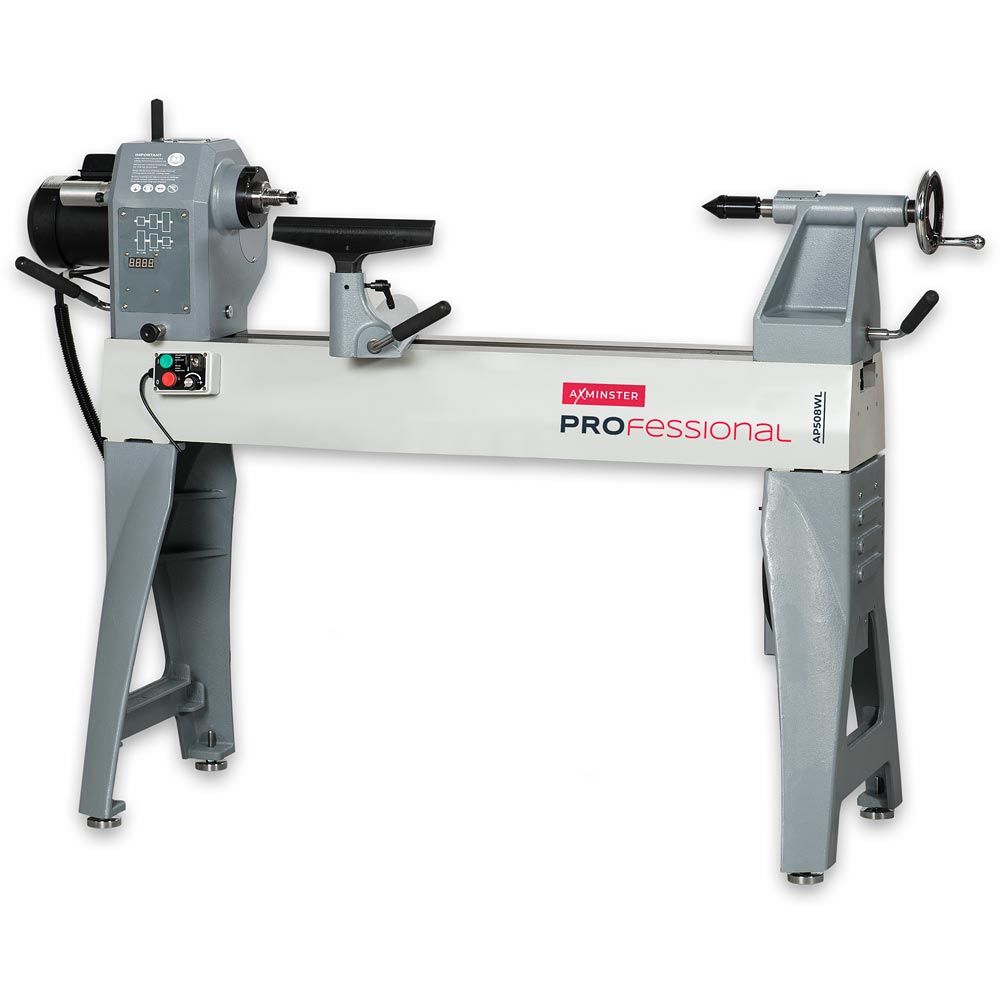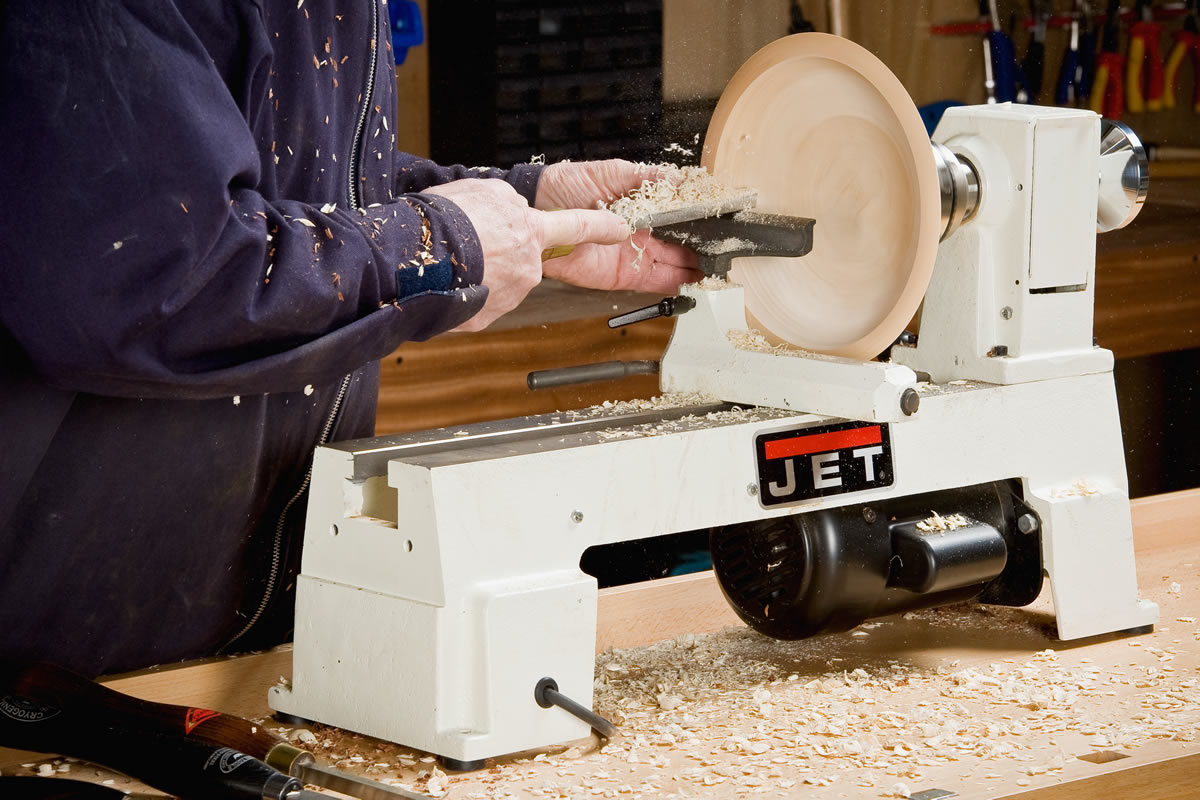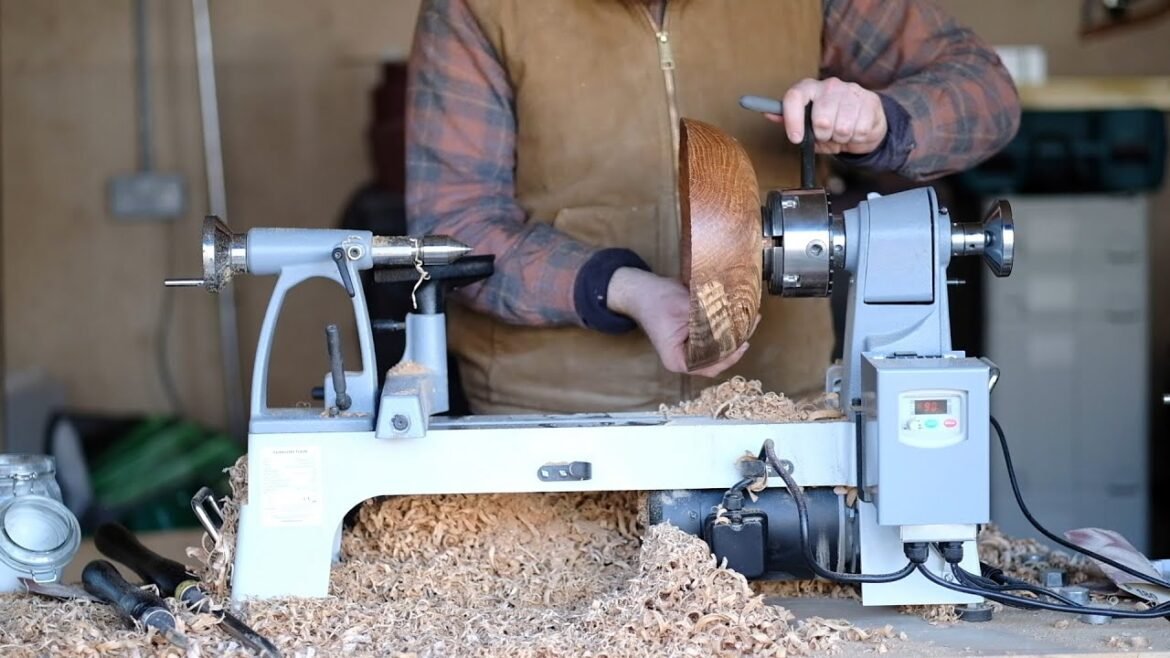Table of Contents
Woodturning on a lathe involves shaping wood using a rotating machine. It creates intricate designs and functional items.
Woodturning is a fascinating craft that transforms raw wood into beautiful, functional pieces. The lathe, a crucial tool in this process, spins the wood while the craftsman shapes it with various tools. This technique allows for the creation of items ranging from bowls and vases to intricate decorative pieces.
Mastering woodturning requires skill, patience, and creativity. Beginners should start with simple projects to develop their technique and confidence. Safety is paramount; always wear protective gear and follow best practices. With dedication, woodturning can become a rewarding hobby or even a professional pursuit, offering endless possibilities for creativity and craftsmanship.

Credit: www.scosarg.com
Introduction To Woodturning
Woodturning is a fun and creative activity. Woodturners use a machine called a lathe. The lathe spins the wood very fast. This lets the turner shape the wood with special tools. Bowls, vases, and pens are popular items to make. Smooth curves and fine details are the marks of a skilled woodturner. Practicing woodturning helps improve hand-eye coordination. It also teaches patience and attention to detail.
| Tool | Purpose |
|---|---|
| Lathe | Spins the wood |
| Chisels | Shapes and carves the wood |
| Gouges | Creates deep cuts |
| Parting Tool | Cuts off finished pieces |
| Sandpaper | Makes the wood smooth |
Choosing The Right Wood
Selecting the ideal wood for woodturning on a lathe ensures smooth carving and beautiful finishes. Dense hardwoods like maple and walnut offer excellent durability. Softer woods like pine are easier to shape but may lack longevity.
Types Of Wood For Turning
Oak is a strong choice. It has a beautiful grain. Maple is another option. It turns smoothly and looks great. Cherry wood is also popular. It has a rich color and fine texture.
Considering Grain And Texture
Grain plays a big role in woodturning. Straight grain wood is easier to work with. Curly grain can be tricky but looks amazing. Texture matters too. Fine texture wood gives a smooth finish. Coarse texture can be rough but unique.
Setting Up Your Lathe
Setting up your lathe is crucial for successful woodturning. Ensure the machine is stable and tools are sharp for optimal results. Proper alignment and safety measures enhance precision and enjoyment.
Basic Lathe Anatomy
The lathe has several key parts. The headstock holds the motor and spindle. The tailstock supports the other end of the workpiece. The tool rest helps guide your tools. The bed is the base of the lathe. Understanding these parts is essential.
Safety Measures And Preparation
Always wear safety goggles and a dust mask. Make sure the lathe is turned off before adjusting anything. Secure the workpiece tightly. Check all tools for sharpness. Keep the workspace clean and free of clutter. Follow these steps to stay safe.

Credit: www.axminstertools.com
Fundamental Woodturning Techniques
Begin with a rough piece of wood. Use a roughing gouge to shape the wood. Hold the gouge firmly. Move it slowly along the wood. Remove the outer bark and rough edges. Aim for a smooth, cylindrical shape. This process is called roughing out. It prepares the wood for finer work.
Use a spindle gouge to create cylinders. Keep your hands steady. Gently press the gouge against the wood. Rotate the lathe at a medium speed. For curves, angle the gouge slightly. Move it in a smooth, flowing motion. This helps in forming gentle curves and shapes.
Advanced Turning Methods
Bowl turning requires patience and skill. Start with a well-balanced piece of wood. Secure it properly on the lathe. Use sharp tools to shape the outside first. Smooth the surface with sandpaper. Turn the bowl around and hollow out the inside. Keep the tools steady and work slowly. Finish with fine sandpaper for a smooth look. Apply oil or wax for a nice shine.
Spindle turning is great for creating chair legs or table legs. Choose a straight piece of wood. Secure it between the lathe centers. Use a roughing gouge to shape the spindle. Switch to finer tools for details. Hollow forms are more complex. Start with a block of wood. Hollow out the inside first. Use a steady hand and take your time. Finish with sandpaper and oil.
Sanding And Finishing On The Lathe
Always start with coarse sandpaper. Sand the wood until it feels smooth. Use finer grit sandpaper next. This helps to remove scratches. Continue sanding with even finer grits. This makes the surface even smoother. Wipe the wood with a damp cloth. This removes dust and particles. Always check for rough spots. Sand those areas again if needed.
Choose a good quality finish. Apply the finish with a brush. Make sure to use even strokes. Let the first coat dry completely. Sand lightly with fine grit sandpaper. Wipe away any dust. Apply a second coat of finish. Repeat the process if needed. This gives a smooth and shiny surface. Sealants help to protect the wood. Always use a sealant after finishing.
Troubleshooting Common Issues
Chatter and tear-out can ruin a good piece of wood. Sharp tools are essential. Keep them sharp for smooth cuts. Use the right speed for your lathe. Faster speeds can help reduce chatter. Proper tool rest placement is also important. Keep it close to the wood. Light, controlled cuts work best to avoid tear-out. Avoid forcing the tool into the wood. Let the lathe do the work.
Regular cleaning keeps your lathe in good shape. Dust and debris can cause problems. Lubricate moving parts often. This prevents wear and tear. Check the belts for wear. Replace them if they look worn. Tighten all bolts and screws. Loose parts can cause issues. Inspect the tool rest and tailstock for damage. Replace any damaged parts promptly.

Credit: www.axminstertools.com
Inspiration And Creativity In Woodturning
Woodturning allows artists to create beautiful shapes. Many people find joy in making bowls and vases. Each piece of wood has unique patterns. These patterns inspire new designs. Artists use their skills to bring the wood to life. A simple block of wood can become a work of art. Tools like chisels help shape the wood. The final product is often stunning. Creativity is limitless in woodturning.
Woodturning communities are very supportive. Members share tips and techniques. They often meet online and in person. Many forums exist for woodturners. These forums are great for learning new skills. Sharing resources helps everyone improve. People often trade wood and tools. This builds strong connections. Beginners can find mentors easily. Learning together makes the hobby more enjoyable. Being part of a community is very rewarding.
Frequently Asked Questions
What Is The Best Wood For Turning On A Lathe?
Hardwoods like maple, cherry, and walnut are the best for turning on a lathe. They provide smooth finishes.
What Speed Do You Turn Wood On A Lathe?
Turn wood on a lathe at 500-3000 RPM. Speed depends on wood size and type. Start slow, increase gradually.
What Is A Good Wood Lathe For Beginners?
A good wood lathe for beginners is the Jet JWL-1221VS. It offers variable speed control and reliable performance.
Is Wood Turning Hard To Learn?
Learning wood turning can be challenging initially. With practice, it becomes easier and highly rewarding. Joining a class helps.
Conclusion
Woodturning on a lathe offers endless creative possibilities. It’s a rewarding hobby that enhances skills and craftsmanship. With practice, anyone can master this art. Safety and precision are key to producing stunning pieces. Embrace the joy of woodturning and start your creative journey today.
Let your imagination shape the wood!
